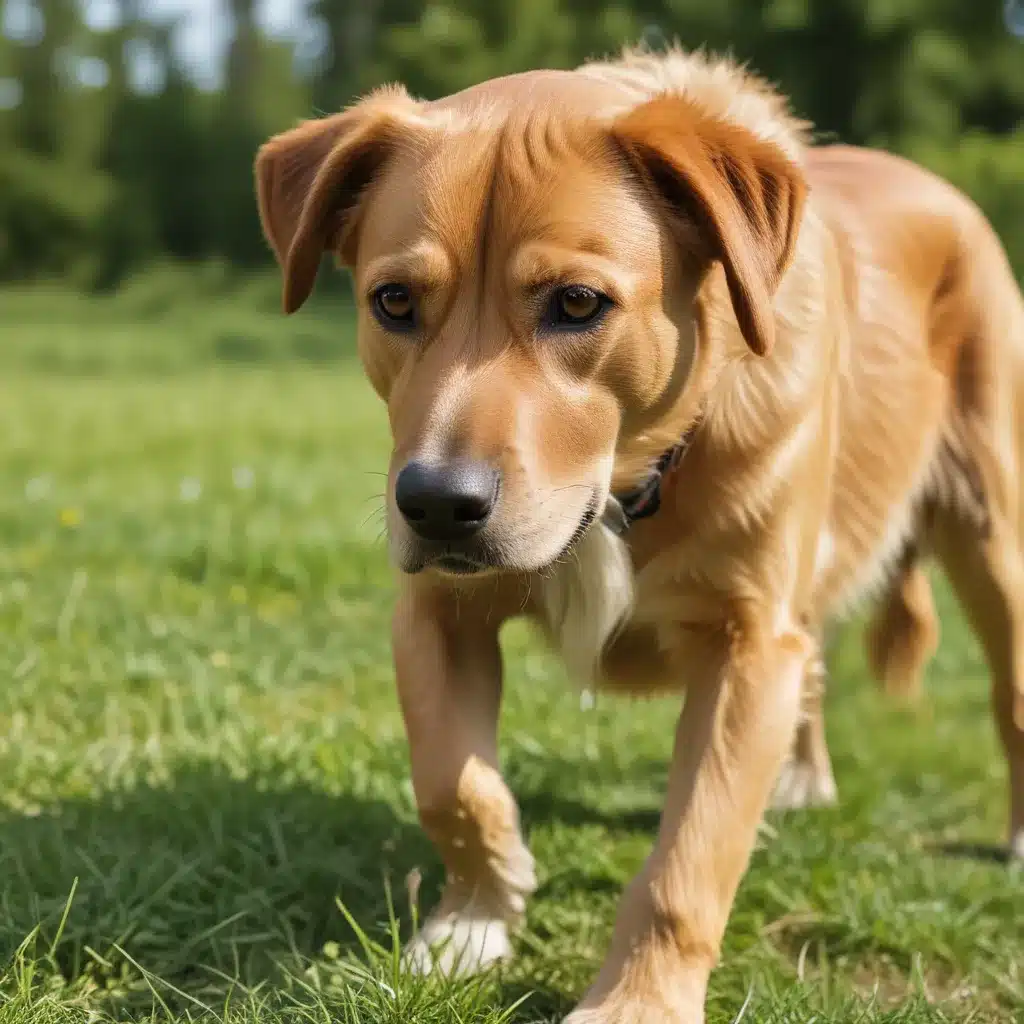
Water, Water Everywhere (Except in My Dog)
As a proud dog parent, nothing makes me more anxious than when my furry friend isn’t feeling their best. And let me tell you, dehydration is one of those sneaky little buggers that can really catch you off guard if you don’t know what to look for.
I remember the first time I noticed my pup, Buddy, looking a little off. His nose was dry, his gums were sticky, and he just seemed a bit more lethargic than usual. Naturally, my mind went into overdrive, and I started frantically Googling every possible symptom. That’s when I realized that dehydration was a real possibility, and it needed to be addressed ASAP.
According to the American Kennel Club, dehydration occurs when a dog’s body loses more fluid than it’s taking in. It’s a delicate balancing act, and if that scale tips too far in the wrong direction, it can lead to some serious consequences. We’re talking about things like organ failure, electrolyte imbalances, and even death if left untreated.
Detecting Dehydration: A Skin-Crawling Experience
Now, I know what you’re thinking – “How the heck am I supposed to know if my dog is dehydrated?” Well, my friend, let me tell you, it’s not as complicated as you might think. In fact, there are a few simple tests you can do right at home to get a sense of your pup’s hydration status.
One of the most reliable methods is the good old skin elasticity test. According to PetMD, all you gotta do is gently pinch some of the skin on the back of your dog’s neck or shoulder blades, and then let it go. If the skin snaps back into place right away, your pup is well-hydrated. But if it takes a few seconds for the skin to return to normal, well, that’s a telltale sign of dehydration.
Another handy trick is to check your dog’s gums. Vets Now suggests that in a well-hydrated dog, the gums should be pink and moist. But if they’re dry and sticky, that’s a red flag. You can also try the capillary refill test – just gently press on your dog’s gums and see how long it takes for the color to return. In a dehydrated pup, it’ll take longer than normal.
Dehydration: The Good, the Bad, and the Ugly
Now, the severity of dehydration can range from mild to downright dire. According to the Veterinary Emergency Group, some of the milder symptoms include a dry nose, excessive drooling, and lethargy. But as things progress, you might start to see more worrying signs like sticky gums, sunken eyes, and even vomiting or diarrhea.
And let me tell you, when dehydration hits that severe stage, it’s time to call in the big guns – the emergency vet. We’re talking about things like rapid breathing, skin that doesn’t spring back, and an overall just-not-right vibe. These are the signs that your pup is in serious trouble and needs immediate medical attention.
Thankfully, Buddy’s dehydration scare was caught early on, and with some quick thinking and a lot of water, he was back to his bouncy self in no time. But I’ll never forget the panic I felt in that moment, wondering if my beloved furry friend was going to be okay.
Staying Hydrated: A Tail-Wagging Triumph
The best way to avoid the whole dehydration debacle is to keep your pup hydrated from the get-go. According to the experts at Memphis Veterinary Specialists & Emergency, dogs should have access to clean, fresh water at all times, and they generally need around 50-60 milliliters of water per kilogram of body weight each day.
But of course, some dogs are more, shall we say, enthusiastic drinkers than others. That’s why it’s important to keep an eye on your pup’s water intake and make sure they’re staying properly hydrated, especially during those hot summer months or after intense playtime.
And let’s not forget about the importance of a healthy diet. Feeding your dog high-quality, moisture-rich dog food can be a great way to supplement their water intake and keep them in tip-top shape.
So there you have it, folks – the lowdown on spotting the signs of dehydration in our canine companions. Remember, staying vigilant and taking action at the first sign of trouble can mean the difference between a happy, healthy pup and a trip to the emergency vet. And who knows, maybe your furry friend will even reward you with a few extra kisses and tail wags for being such an attentive pet parent!

